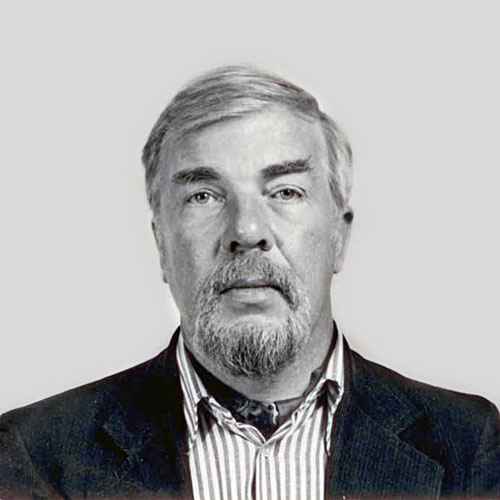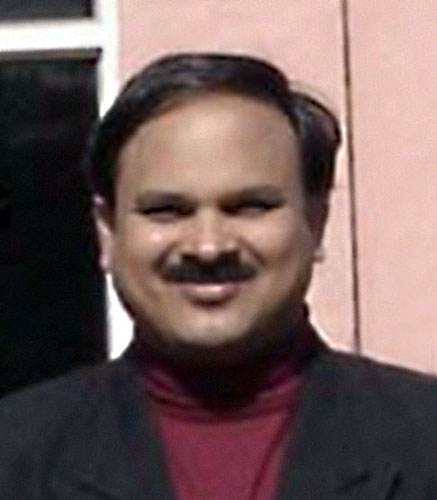Though not a magic bullet “cure all,” agricultural biotechnologies can and should be used in developing countries to improve smallholder farmers’ livelihoods, but farmers themselves need to be involved in decision making, according to participants at an international technical conference on agricultural biotechnologies last week.
During 01-04 March 2010, roughly 300 people from nearly 70 countries attended the International Technical Conference on Agricultural Biotechnologies in Developing Countries (ABDC-10), organized by the Food and Agriculture Organization (FAO) of the United Nations and held in Guadalajara, Mexico. Attendees included representatives from international organizations, civil society, national governments, and national agricultural research programs. Their goal in gathering was to assess the progress of biotechnologies across various agricultural sectors—crops, forestry, livestock, fisheries, and agro-industries—and to generate a forward-looking consensus on ways that biotechnologies can assist smallholder famers in developing countries.
Investment in and improvement of agriculture is vital for the more than one billion people who go to bed hungry each night, as well as for many farming families who survive on only a few dollars a day. Adoption of effective and cost-efficient agricultural biotechnologies is one way to address the food demands of a rapidly expanding and more affluent world population, while also confronting the challenges of increasing land degradation and climate variability.
“Two billion people live on small farms, about one-third of our population,” said Rodney Cooke, of the International Fund for Agricultural Development (IFAD), while addressing the general session. “Investment in agriculture is two-anda- half-to-three times more effective in increasing the income of the poor than non-agricultural investments.”
The FAO predicts that by 2050 there will be a 70% increase in food demand, requiring at least 170 million more acres of cropland. Meeting this demand looks difficult, because crop yields have slowed from an annual increase of 3-6% to only 1-2%, in the last decade.
Agricultural biotechnologies can sustainably improve food security and help smallholder farmers escape poverty. However, many of these advanced technologies are underutilized in developing countries, where a large portion of smallholder farmers live. Overcoming this will require increased investments, international cooperation, effective national policies and regulatory frameworks, and collaboration with farmers and the various value-chain actors, said ABDC-10 participants. Several farmers and farmer representatives in attendance repeatedly stressed the importance of bottom-up development in applying biotechnology.
During the conference, participants divided their time between plenary sessions in the morning and small group meetings in the afternoon. Topics included region and sector-specific issues, as well as multidisciplinary topics such as empowering public participation in decision making; prioritizing the role of the farmer; and development of genomic resources. All participants discussed successes and failures in biotechnology projects in developing countries. The CGIAR was responsible for leading several group sessions; participating CG members included the International Crops Research Institute for the Semi-Arid Tropics (ICRISAT), the International Center for Agricultural Research in the Dry Areas (ICARDA), CIMMYT, and the Generation Challenge Program (CGP).
CIMMYT director general Tom Lumpkin addressed the plenary session in a presentation on the use of biotechnology in the CGIAR. Tom Payne, head of CIMMYT’s wheat germplasm bank, was a panel member for a group session on the conservation and sustainable use of genetic resources. Jean-Marcel Ribaut, Carmen de Vicente, and Rajeev Varshney (ICRISAT) of the GCP also presented on accessing genetic resources, genomic applications, and molecular breeding in developing countries, respectively.
“To meet the challenges of increased food demand in a sustainable way, biotechnologies are essential for the future,” Lumpkin said, stressing as well that such technologies need to show tangible results and the efficient use of time and money.
Payne explained that the CGIAR has 11 gene banks conserving over 530,000 samples of wild and domesticated crops in public trust, but that these genetic resources are not always accessible or useful to breeders. “There are so many accessions but so little information,” he said, adding that the CGIAR is collaborating on a new portal to improve access to the genetic resources (www.global-alis.org).
Additionally, CIMMYT was represented at the ABDC-10’s knowledge share fair, providing publications and information on the center’s biotechnology work. Highlighted projects included rust resistance wheat, nitrogen use efficient maize for African soils, water-efficient maize for Africa, and the conservation and use of maize and wheat genetic resources.
 Peter Walker, who worked at CIMMYT from 1975 to 1980, died at his home in Mexico City on 17 November 2009 after a short illness. He was 77.
Peter Walker, who worked at CIMMYT from 1975 to 1980, died at his home in Mexico City on 17 November 2009 after a short illness. He was 77.
 The CIMMYT community welcomes its new Global Maize Program Director, Boddupalli M. Prasanna, who will join us on 10 March and will be based in Nairobi, Kenya. A native of India, Prasanna holds a M.Sc. (1987) and Ph.D. (1991) in genetics from the
The CIMMYT community welcomes its new Global Maize Program Director, Boddupalli M. Prasanna, who will join us on 10 March and will be based in Nairobi, Kenya. A native of India, Prasanna holds a M.Sc. (1987) and Ph.D. (1991) in genetics from the